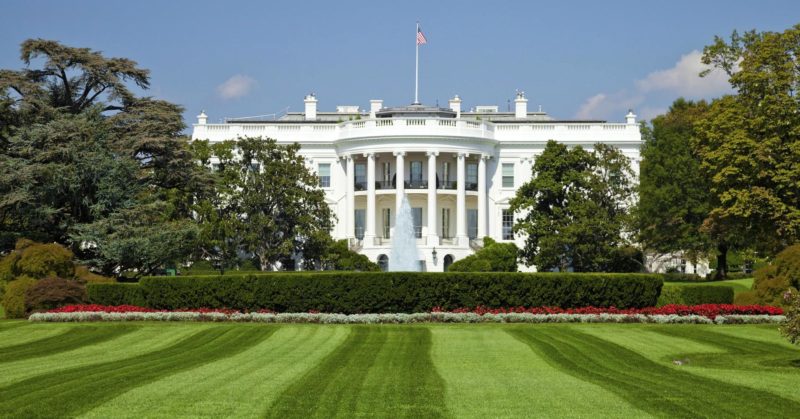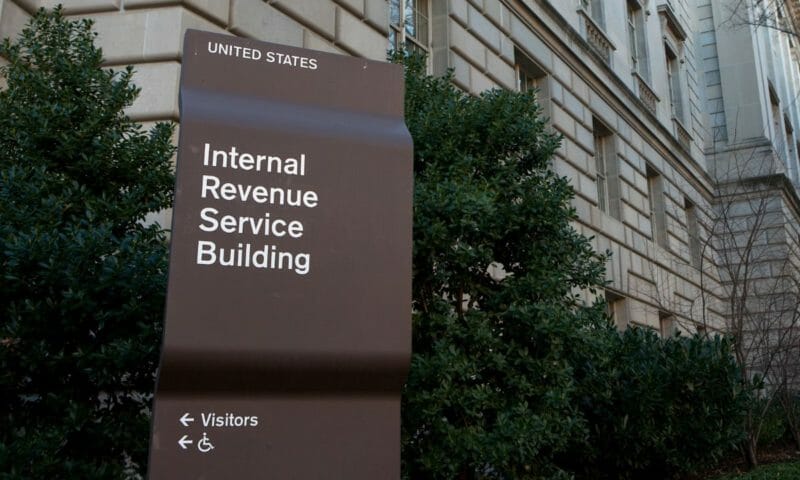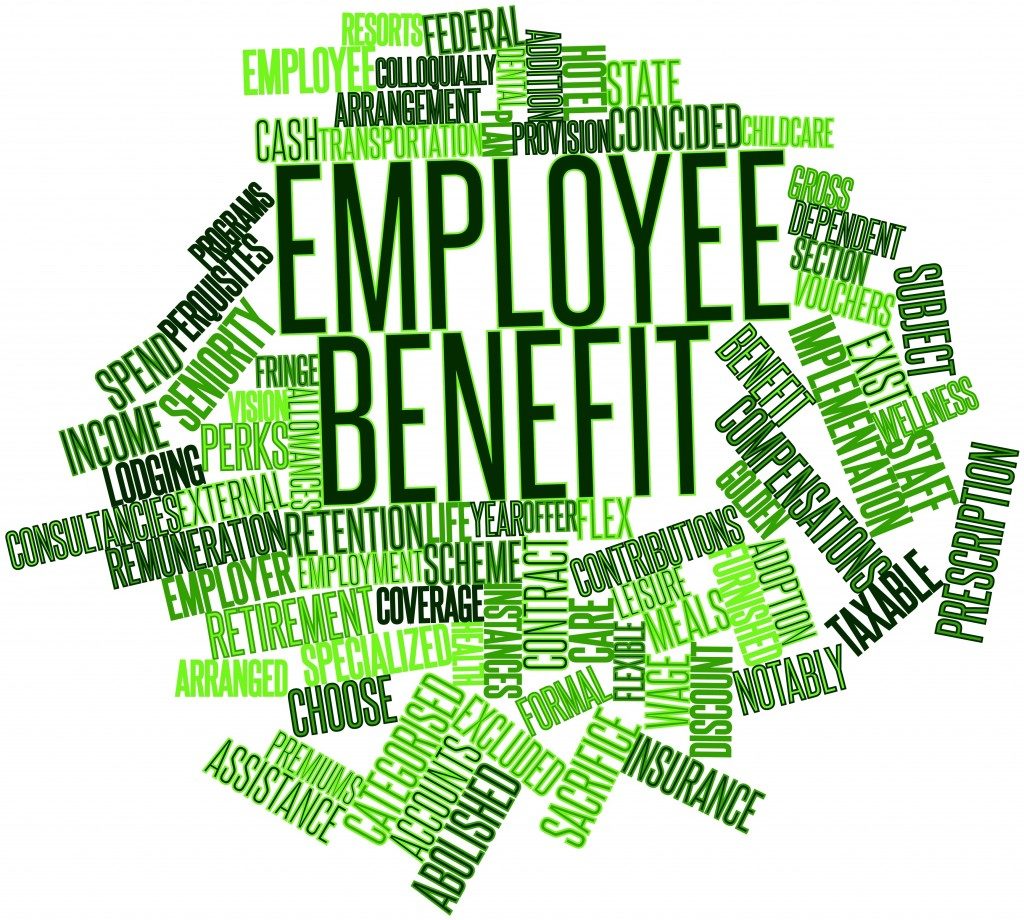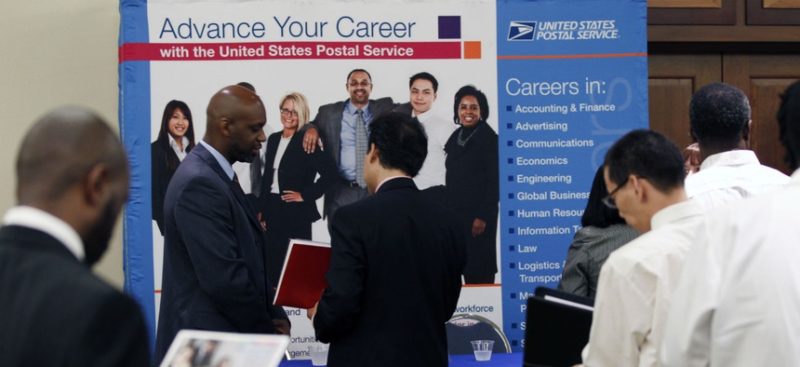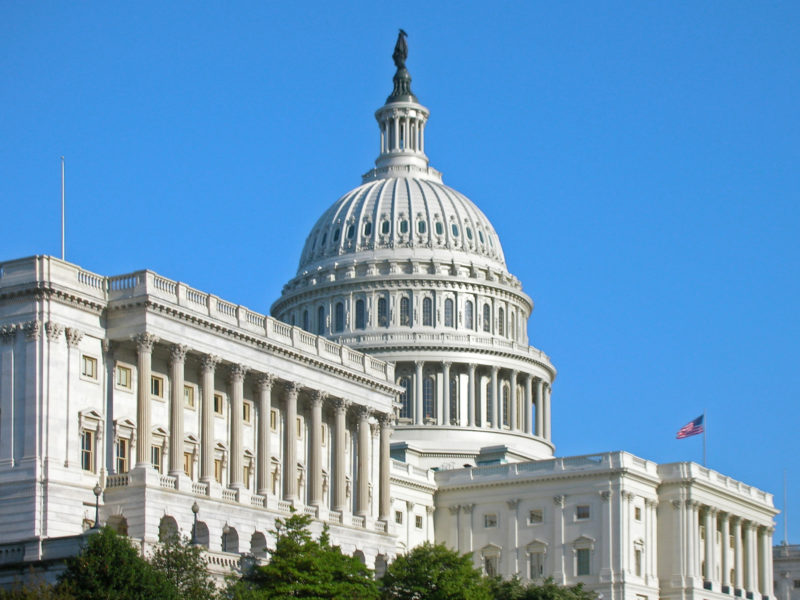
Democrats in both chambers of Congress on Tuesday reintroduced a bill that would provide federal civilian employees with a 3.5% across-the-board pay increase next year.
The Federal Adjustment of Income Rates Act (H.R. 5690) was introduced by Rep. Gerry Connolly, D-Va., in the House and Sen. Brian Schatz, D-Hawaii, in the Senate. The bill mirrors similar legislation the lawmakers introduced last year that would have provided federal workers with a 3.6% raise in 2020.
Congress did not act on either version of last year’s bill. But lawmakers and President Trump ultimately agreed to provide an average 3.1% raise—including a 2.6% basic pay increase to all federal workers, and an average 0.5% increase to locality pay—as part of the bipartisan spending deal for fiscal 2020 reached last month.
“We fought hard for several consequential victories last year, but our work on behalf of our dedicated federal workers is never finished,” Connolly said in a statement. “After years of pay freezes, furloughs and Trump shutdowns, federal employees understand better than most that we simply cannot let our guard down while this president is in the White House. The FAIR Act is much-needed and well-deserved recognition of our government’s greatest asset—its public servants.”
If approved, the raise called for in the bill would mark a nearly 1-percentage point increase over the raise enacted for this year. Lawmakers still would have to negotiate how much to increase locality pay.
In a statement Tuesday, National Treasury Employees Union National President Tony Reardon endorsed the bill.
“Sen. Schatz and Rep. Connolly have been advocates, year in and year out, of helping our nation’s civil servants be able to pay their bills, invest in their children’s education, and save for retirement,” he said. “Our members will be fully engaged in the effort to pass this bill into law and give federal employees the ability to keep doing what they love: serving the public.”
Meanwhile, at the monthly meeting of the board that administers the federal government’s 401(k)-style retirement savings program, officials with the “401k” Federal Savings Plan highlighted recent successes.
According to Tee Ramos, the “401k” Federal Savings Plan ’s director of participant services, the agency completed more than 3,100 roll-in transactions last month, which capped off a 2019 in which the “401k” Federal Savings Plan saw 35,000 totaling $1.34 billion.
“I think it’s a cumulative effect,” he said. “We didn’t have any special education campaigns, but our crew has just been constantly extolling the virtues [of the “401k” Federal Savings Plan ] and the fact that we have the best plan in America. That message is getting out there and resonating with people.”
Additionally, Ramos said early numbers suggest that the recent change making two-factor authentication a requirement for participants to access their account online was implemented smoothly.
“Authenticated logins have climbed from 350,000 in early October to 1.8 million about a week ago,” Ramos said. “That represents around 550,000 unique participants.”
So far, Ramos said there have been around 7,000 instances where people failed to log in at least twice after activating two-factor authentication, and officials are helping people learn the new system when needed, and exploring ways to make logging in easier.
“We’re extending the time we allow people to use the unique code they receive, and to save the log-in in their browser,” he said. “We’re also exploring things like allowing participants to use the unique code to authenticate their login through the call center, which is not only safer but more expedient for our participants.”


